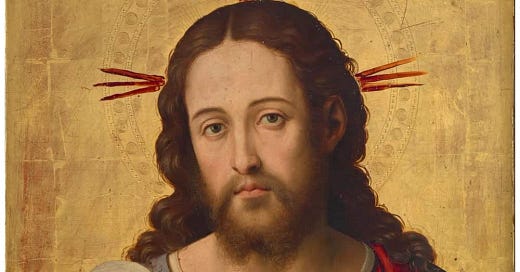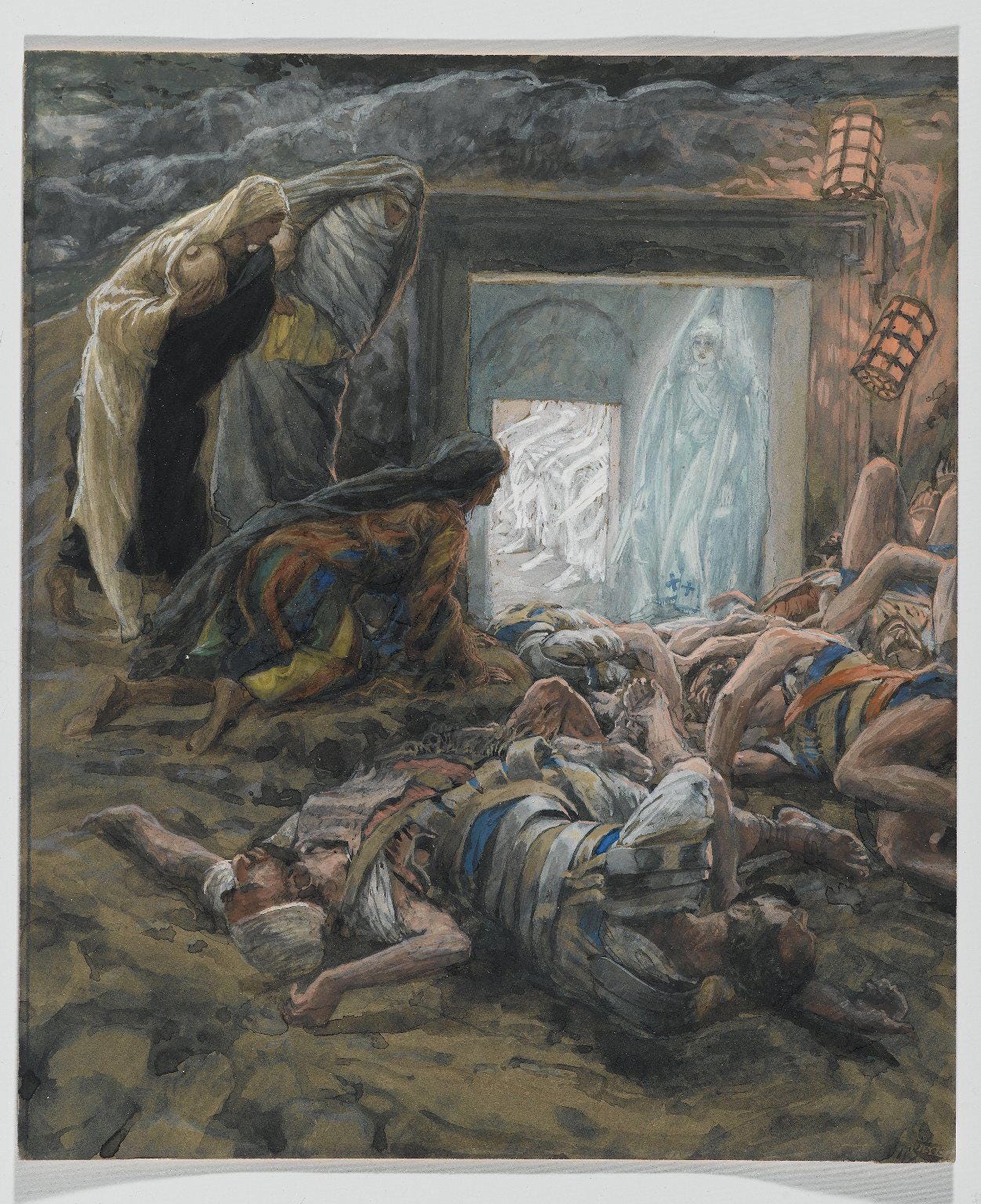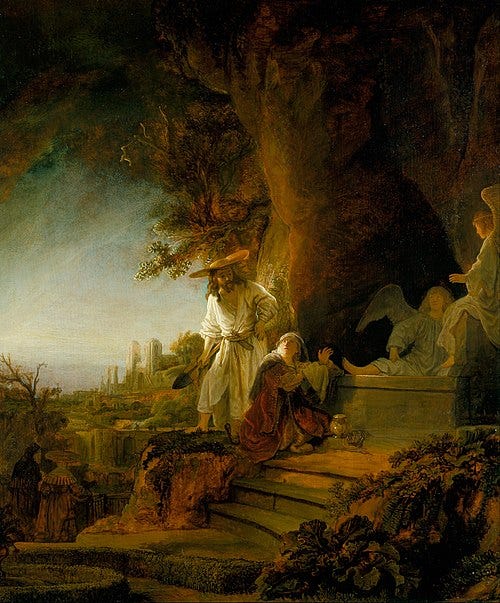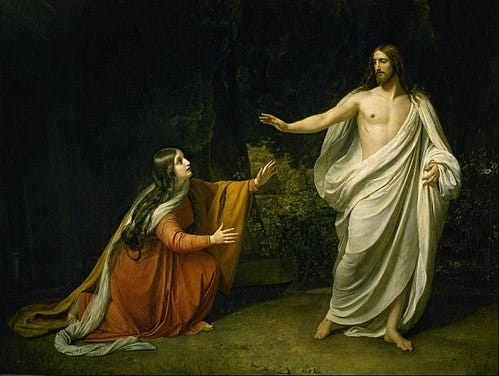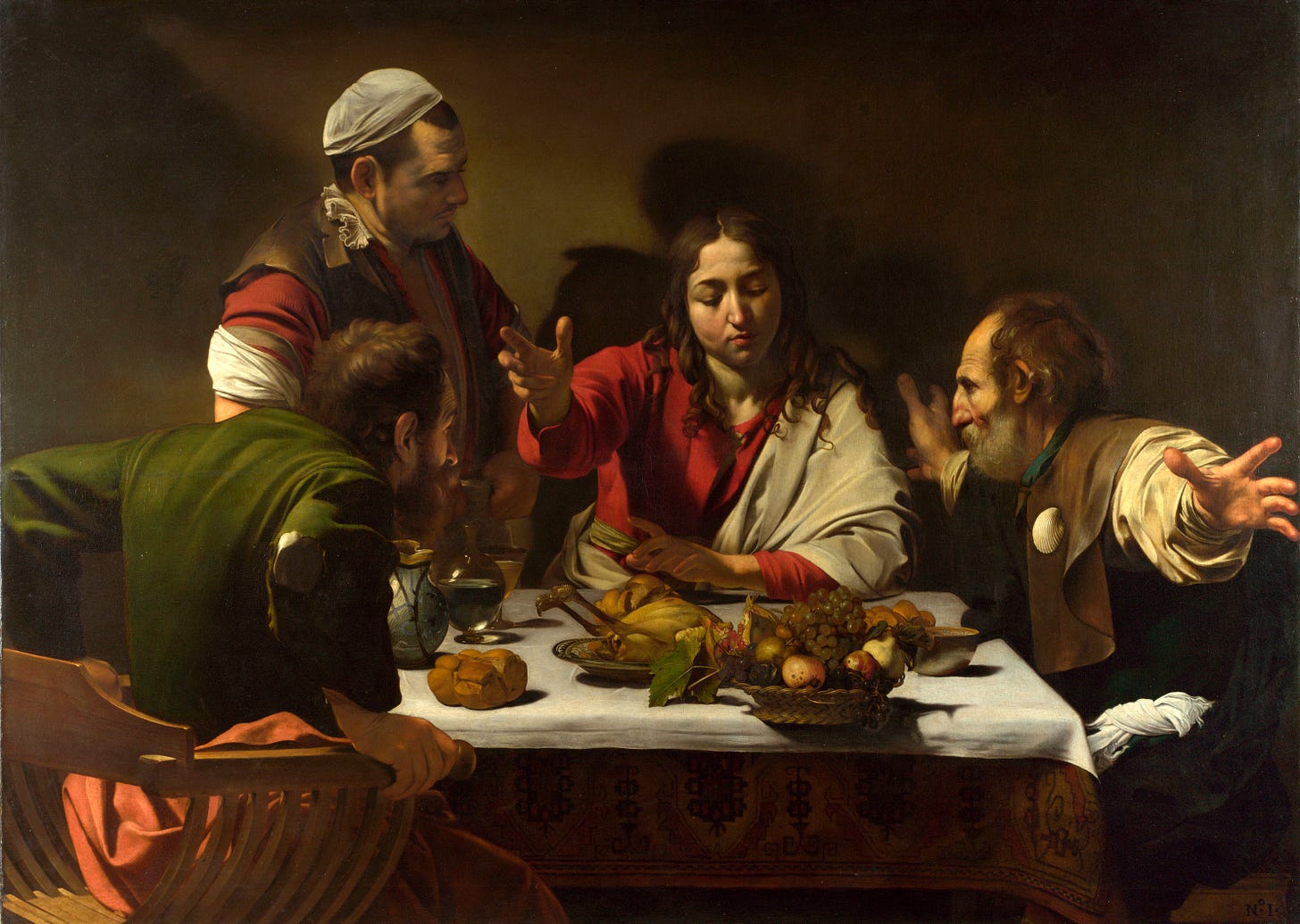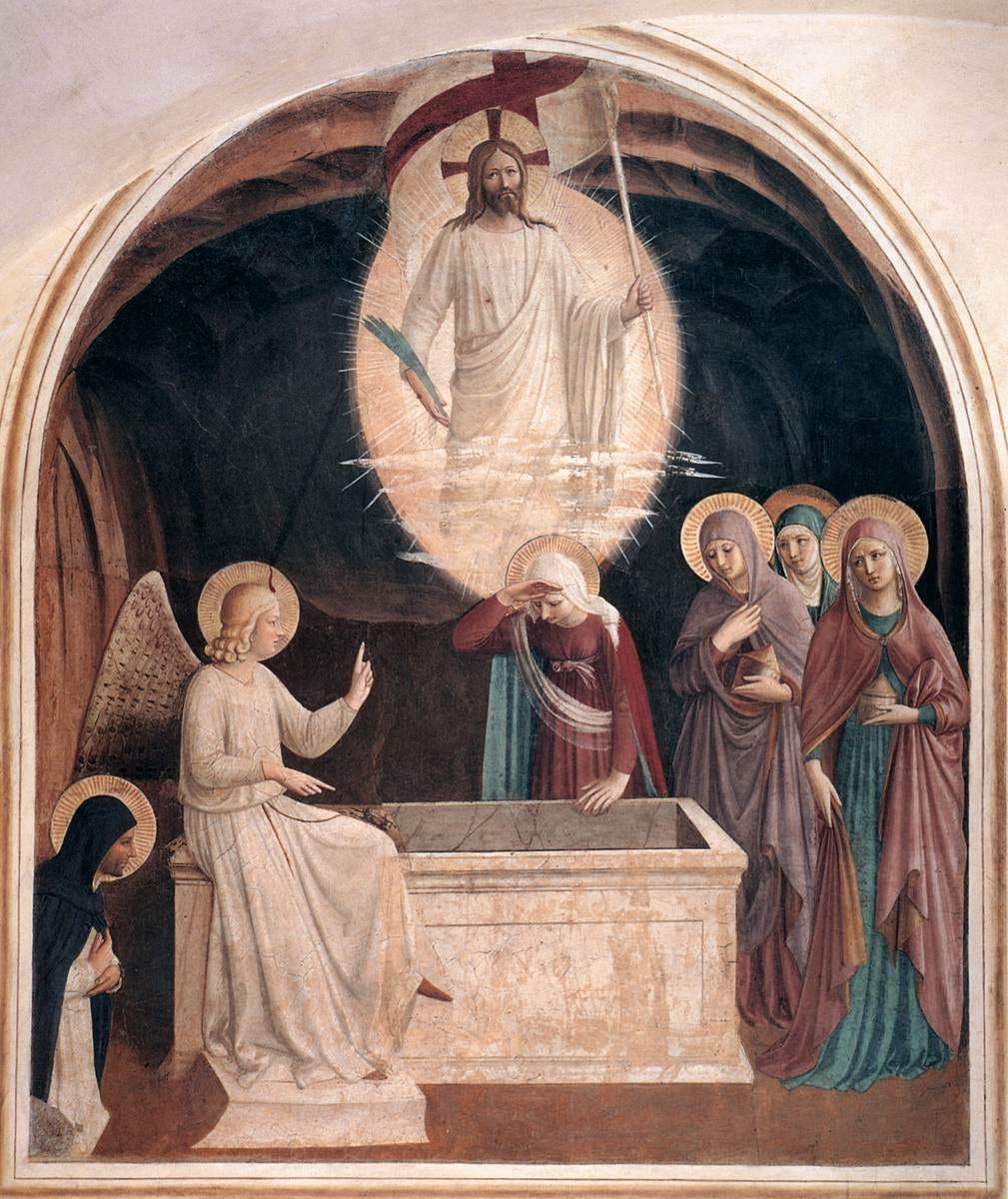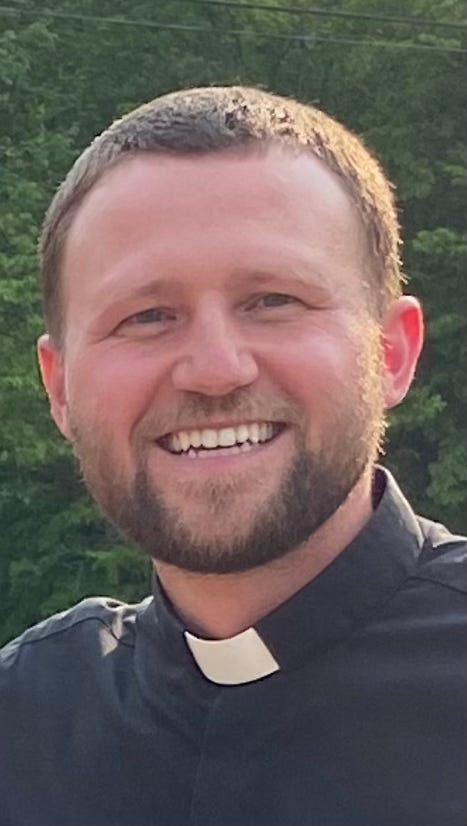This is a homily to be given at Saint Jude the Apostle Church on Easter Sunday (April 20, 2025).
Today, we stand with Mary Magdalene at the empty tomb, run with Peter and John, and see signs of something new—something not easily expected. The burial cloths are folded, the stone is rolled away, but most of all, Jesus is not there in the tomb.
This moment—so full of confusion, wonder, and searching—is not the end of the story. Jesus is risen, yes—but He is intentional about how He reveals Himself.
Jesus doesn’t just prove that He’s alive. He draws close. He reaches hearts.
Think of Mary Magdalene. She doesn’t recognize Him at first. She’s weeping. But Jesus speaks her name—"Mary," and suddenly, she knows. He calls her back into relationship. Mary is no longer in the dark. The Resurrection becomes personal.
Then think of the road to Emmaus. Two disciples, named Cleopas and his companion, walk away from Jerusalem, defeated and disillusioned by the knowledge that Jesus had died. Jesus meets them on the road, walks beside them, and opens the Scriptures—but still, they don’t see Him—until Jesus celebrates the Eucharist. Then, their eyes are opened, and they recognize Jesus in His resurrected body and in the Eucharist.
This is not a coincidence. Jesus is showing us something essential: He wants to be recognized in the Eucharist. Jesus wants to be close to us in the Eucharist.
Of all the things Jesus could have done after He rose from the dead, two of the first things He chose to do were to help Mary Magdalene recognize Him in His resurrected form and to help Cleopas and his companion recognize Him in the Eucharist.
Just as Jesus took the time to open Mary’s heart by speaking her name and how he patiently revealed Himself to Cleopas and His companion through the long walk and meal in Emmaus, Jesus wants you and me to encounter Him in that same intimate, Eucharistic way.
The empty tomb is not the end—it’s the beginning of a new kind of presence—not just Jesus with us but Jesus in us.
St. Thomas Aquinas saw the Eucharist as the ultimate expression of Jesus' friendship with us. In true friendship, a friend wants to be present to the one they love, not from a distance but in closeness and intimacy. Jesus, in giving us the Eucharist, makes Himself truly present—Body, Blood, Soul, and Divinity—because He desires to be near to us always.
Jesus is a good friend, and He displays this in the Eucharist.
Think of it this way: before Jesus rose from the dead, He was present in one place and at one time in His earthly body. But now, post-Resurrection within the Eucharist, Jesus makes Himself present in every Catholic Mass worldwide this Easter Sunday, and He will make Himself present here at Saint Judes today.
The Eucharist is Christ Himself, offering His real presence to nourish, walk, and remain with us. That’s what a true friend does—they show up. And in every Mass, the Resurrected Jesus shows up for us.
Jesus, who has the power to rise from the dead, also has the power to convert this wine and bread.
And that is precisely what the Resurrected Jesus will do today: He will, by His divine power, convert this wine and bread into His Precious Blood and Body.
In the story of Emmaus, Cleopas and his companion say to Jesus, “Stay with us…”
The gift of the Eucharist is that Jesus stays with us.
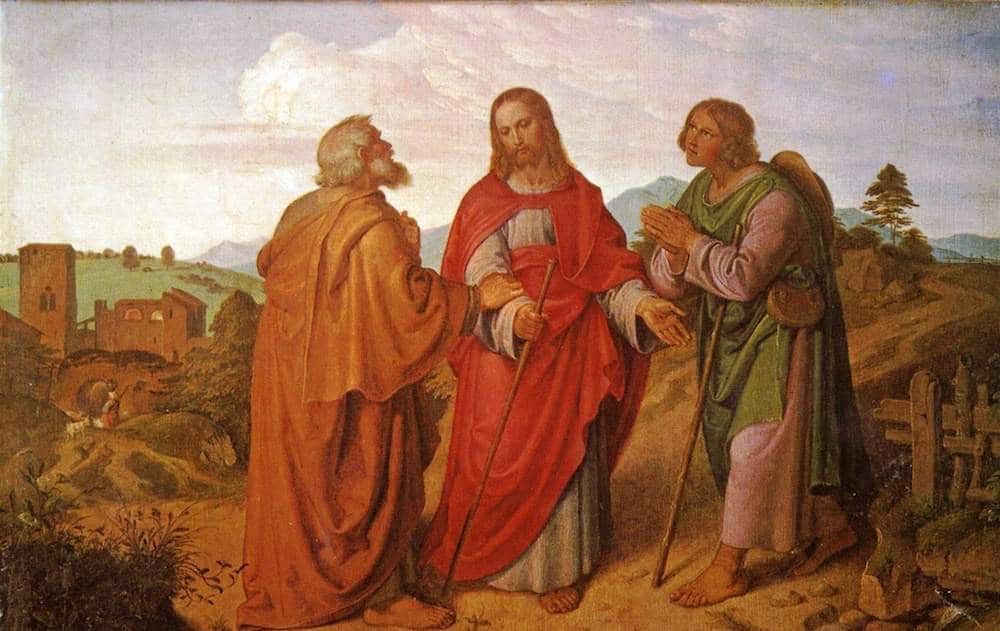
Fr. Luke Daghir


